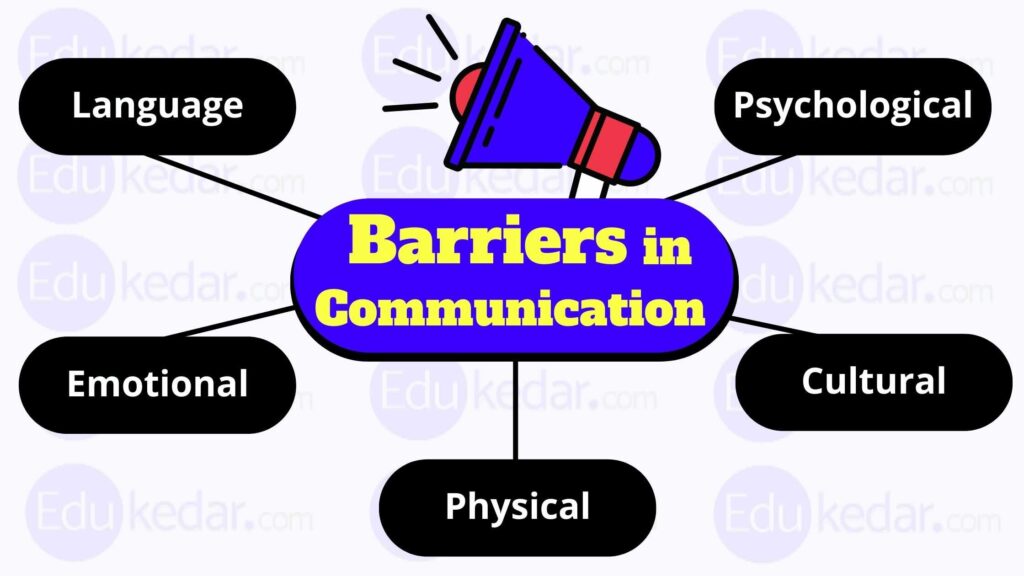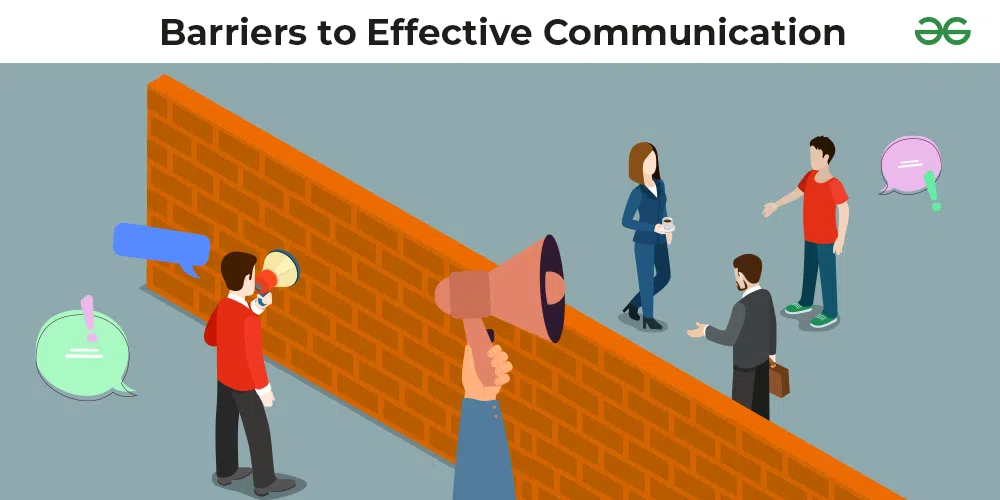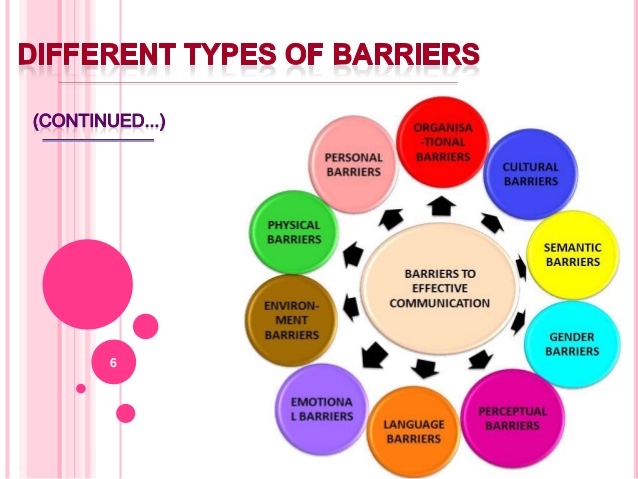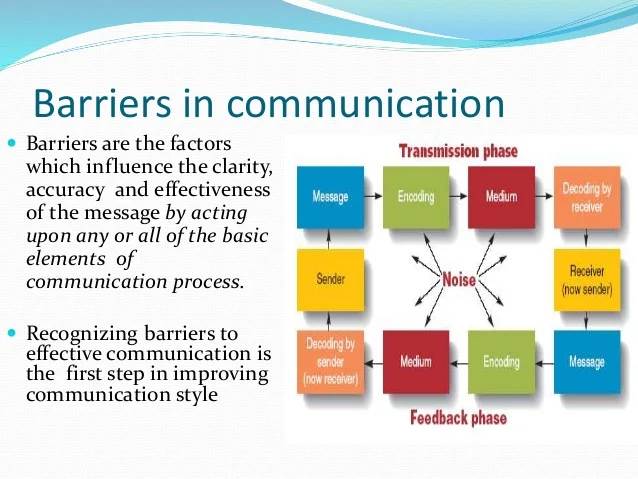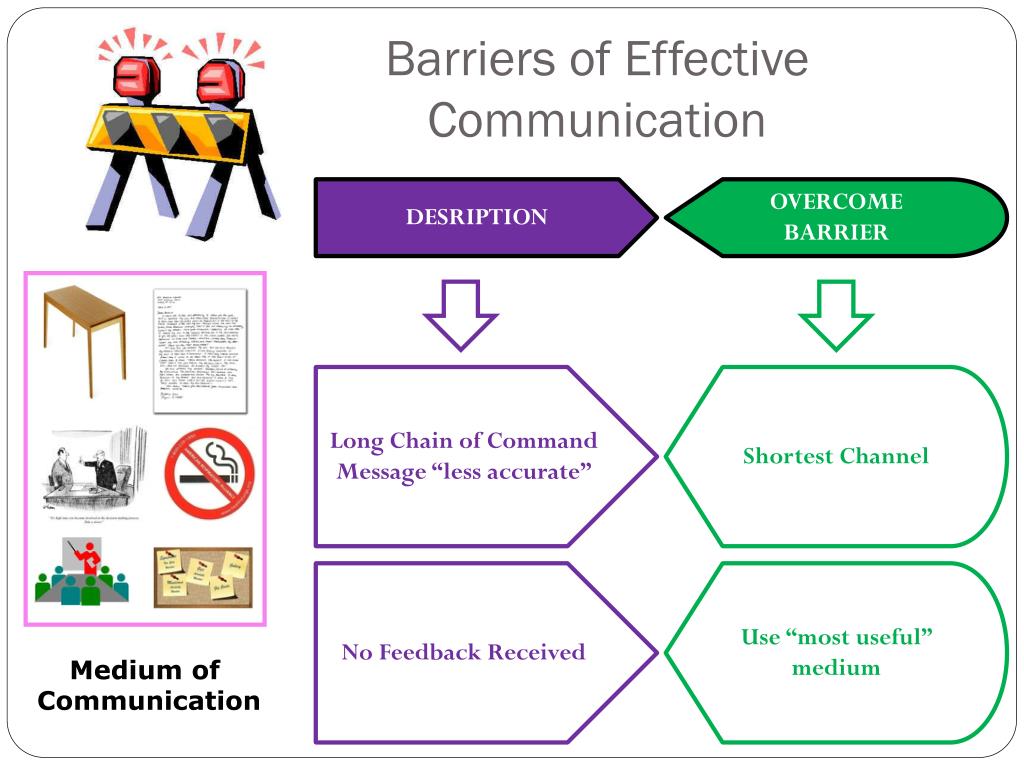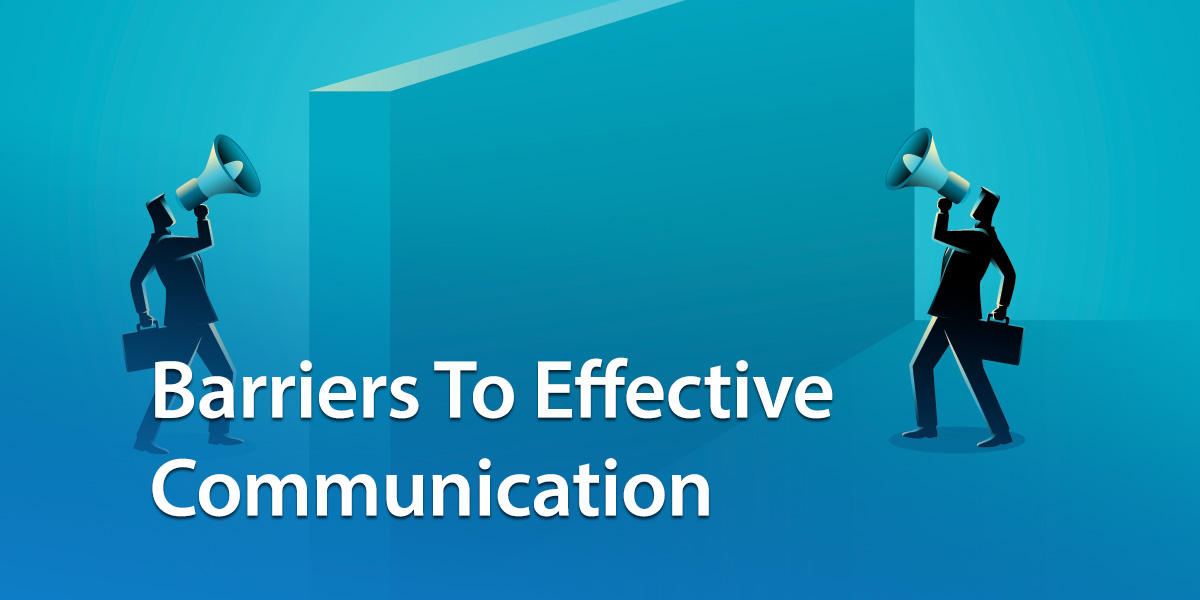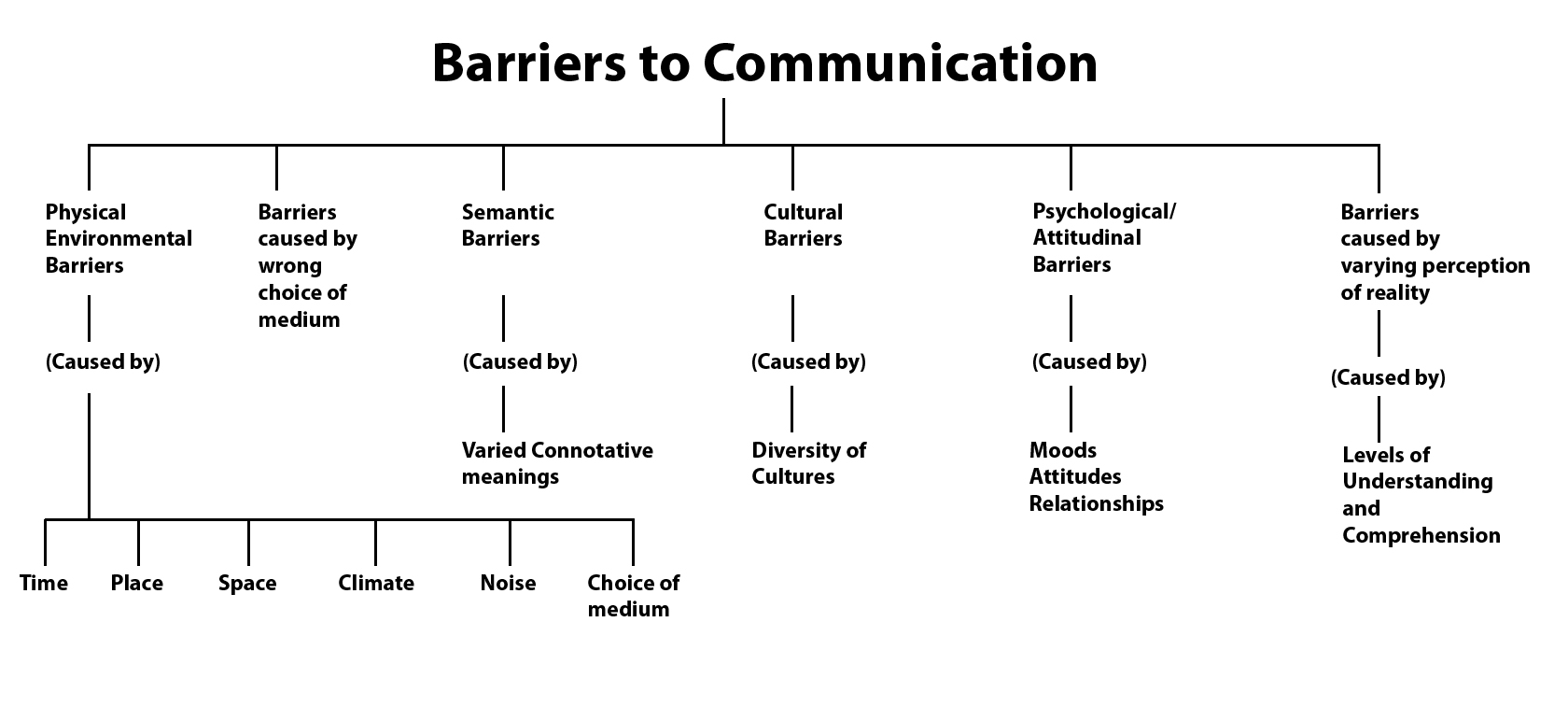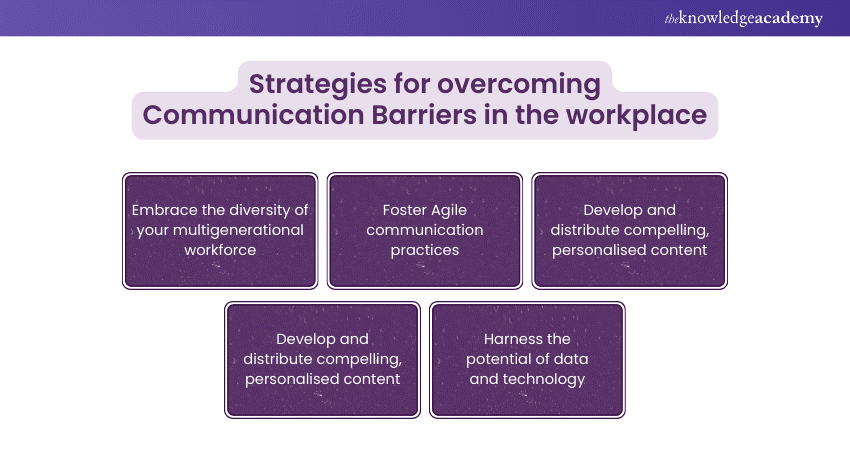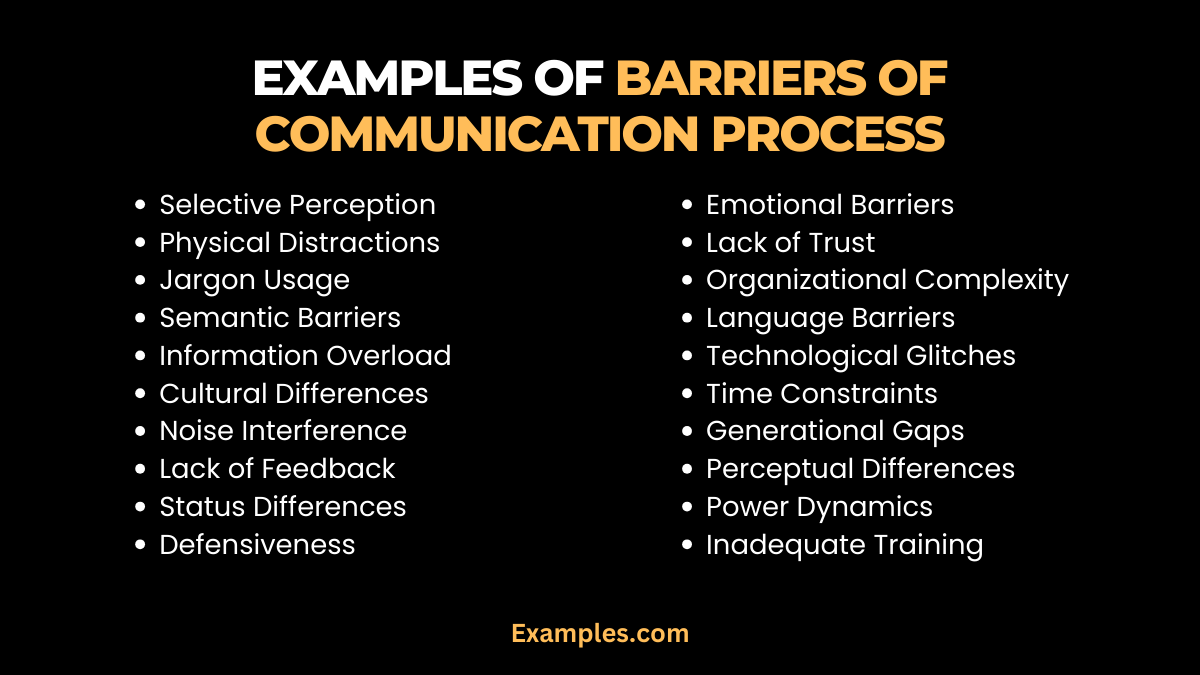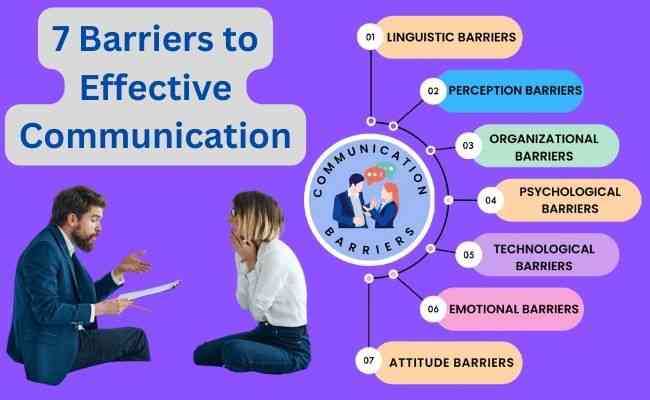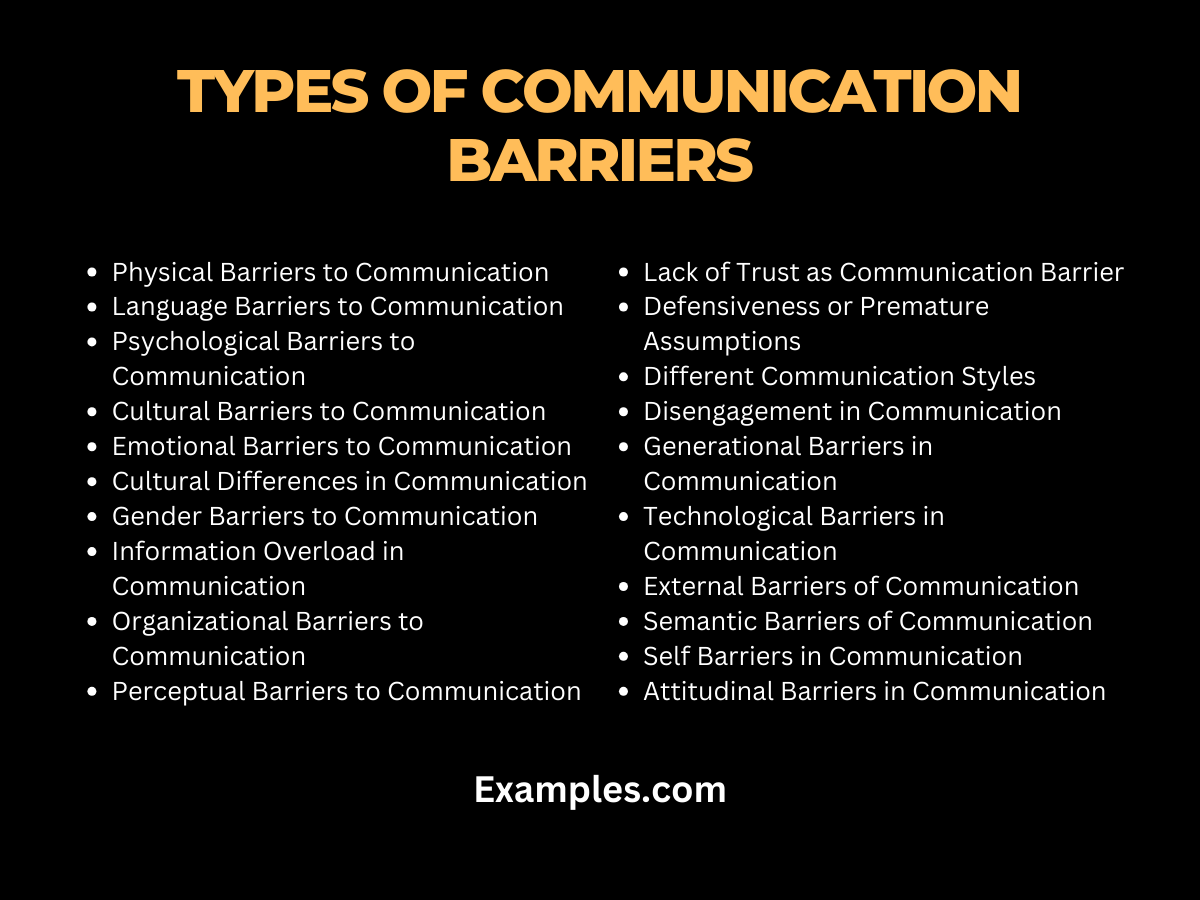Potential Barriers To Communication
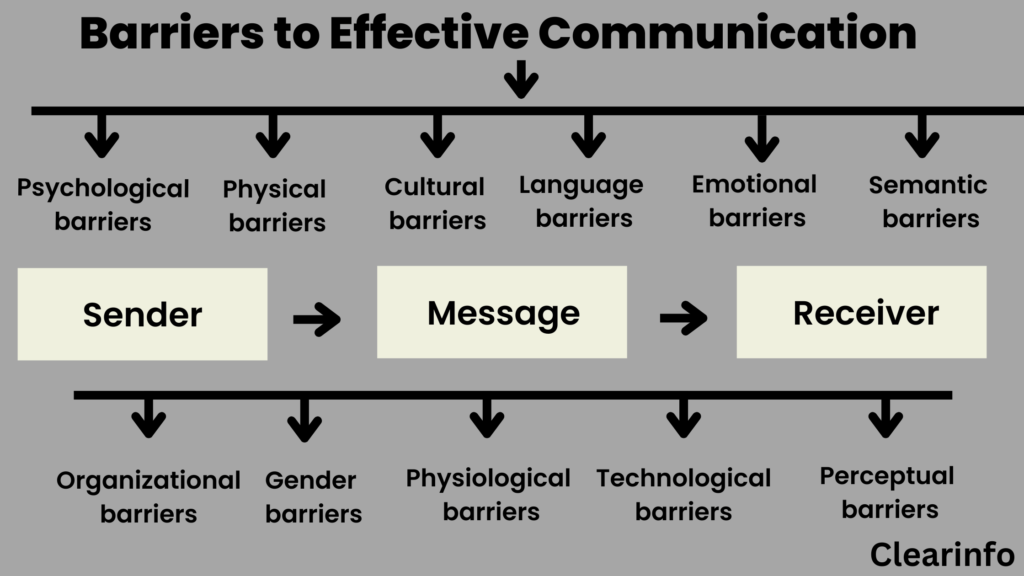
Communication breakdowns are increasingly impacting various sectors, leading to project delays and misunderstandings. Experts warn that these barriers, if unaddressed, could trigger significant operational inefficiencies and financial losses.
Major Obstacles Identified
Several key barriers are hindering effective communication across industries. These range from technological glitches to organizational silos and individual biases.
Technical Issues
Unreliable internet connections and outdated software are significant impediments. A recent survey by Tech Solutions Inc. revealed that 35% of employees experience daily disruptions due to technical problems, leading to miscommunication and missed deadlines.
These disruptions are particularly damaging in remote work environments, creating communication silos that reduce project team agility.
Organizational Structure
Hierarchical structures often stifle open dialogue. Information flow is often slow and distorted as it moves through multiple layers of management. Professor Anya Sharma, a leading organizational psychologist, notes that "rigid hierarchies discourage feedback and create a culture of silence," contributing to misunderstandings and delayed decision-making.
According to a Harvard Business Review study, companies with flat organizational structures show 34% improvement in communication compared to those with traditional hierarchies.
Linguistic and Cultural Differences
Globalized workplaces face unique communication challenges. Language barriers and cultural nuances can lead to misinterpretations and misunderstandings that significantly impact collaborative processes.
Multilingual teams are 58% more likely to experience communication problems compared to homogenous groups, according to recent study.
Information Overload
Employees are bombarded with information from various sources, causing overload. This can lead to critical details being overlooked or ignored. The Information Management Institute found that 62% of workers feel overwhelmed by the volume of information they receive daily.
Consequently, important messages can be missed, causing delays and errors.
Bias and Assumptions
Unconscious biases and preconceived assumptions can distort communication. Stereotypes and personal opinions can influence how messages are received and interpreted. This leads to misunderstandings and damaged relationships.
A report by Diversity Solutions Group indicates that biased communication impacts team cohesion and productivity by 20%.
Impact and Mitigation
The consequences of poor communication include project delays, increased costs, and damaged client relationships. Addressing these barriers requires a multi-faceted approach.
Organizations must invest in robust communication infrastructure and training programs. This includes providing employees with effective communication techniques and strategies for overcoming bias.
Next Steps
Companies are beginning to implement strategies to enhance communication. These steps include conducting communication audits and fostering a culture of open dialogue.
Ongoing research aims to identify best practices for overcoming communication barriers in diverse workplaces. The Global Communication Initiative is planning a major conference next quarter to share findings and strategies to mitigate risks.

